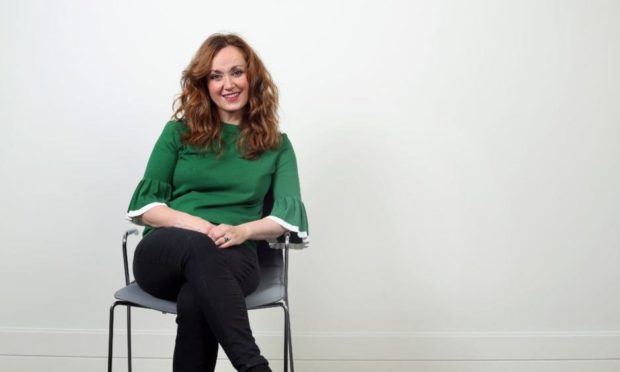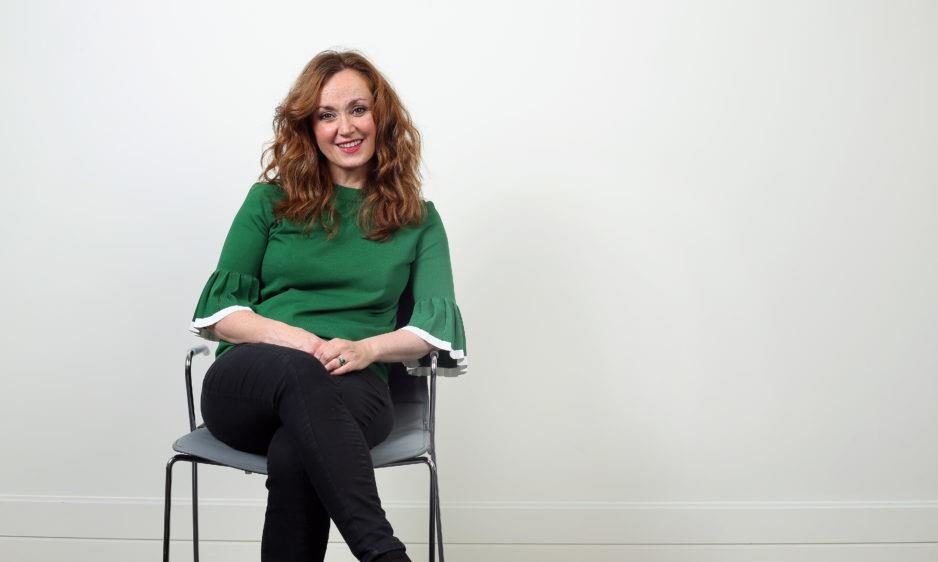I was more speaking out loud, than expecting a massive reaction when I shared an experience on Twitter last week.
I said on the social media site: “Doing a piece to camera, my cameraman (who is English) said: “There’s no such word as ‘squint’.”
WHAT? A squint window means it’s not straight. Was he mad?
Turns out he’s right – “squint” for “not straight” is only used in Scotland.
This has blown my tiny mind.
The next thing I knew, it had made national news, with headlines of “TV Presenter confounds thousands of followers with a word only known in Scotland”.
I was bemused and a check on Twitter showed my post had attracted a lot of attention.
I felt like Richard Osman (the presenter who attracts a barrage of interaction from his funny and intelligent quips, when normally I am neither funny nor razor sharp and might muster a hundred or so likes at a push).
Newspapers had used my tweet as an excuse to print entertaining “Ten other Scots words no one knows”.
The reaction itself was interesting.
‘So what do English people say when something is not straight?’
Some people said their minds too were frazzled at the thought of the word not existing, with one asking: “So what do English people say when something is not straight?”
The answer, I imagine, is “not straight”.
Not quite the same, is it?
When my cameraman took me to task on the word, I laughed and confidently looked up “squint” for the online definition.
Our researcher Matthew (from Clydebank) standing in the doorway was as cocky as me and laughed: “Don’t be ridiculous. Glasgow’s got the ‘squinty bridge’ because it’s, er, not straight.”
But then I had to swallow my pride and admit Damian the cameraman was right – for while “squint” can be a verb UK-wide, as in “he squinted at the sun” and it can refer to eyes that don’t quite point in the same direction, only in Scotland is it used as an adjective, to describe something being not straight.
I still can’t get over it.
Some tweeters were angry at the cameraman for his “ignorance” but he was simply telling the truth. He was correct. And given I was filming Homes Under The Hammer for a UK-wide audience, we have to try to make sense to everyone.
But whatever next? Not understanding my observation of extending a house “outwith” the current footprint?
You’ve got it. Outwith is only a Scottish word, which is plain weird, for it says it better than any English term I can conjure.
Back to squint. My tiny mind is still blown.

